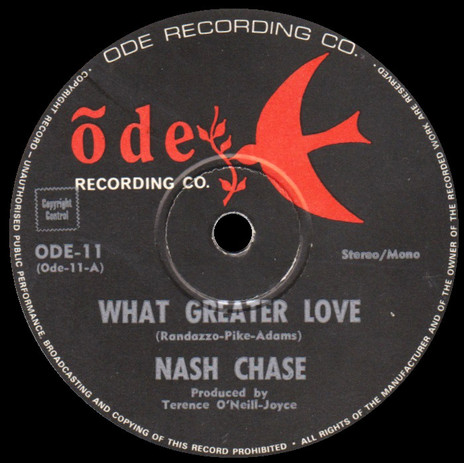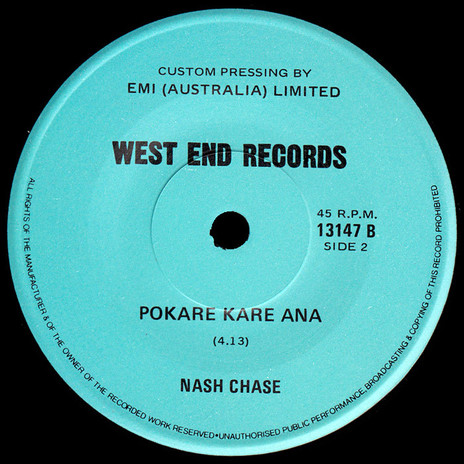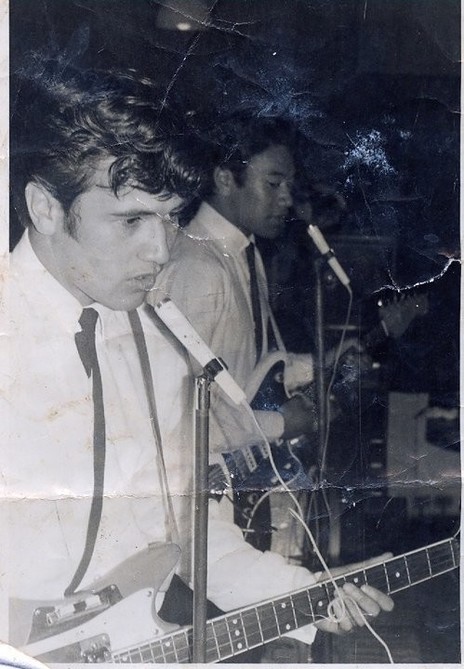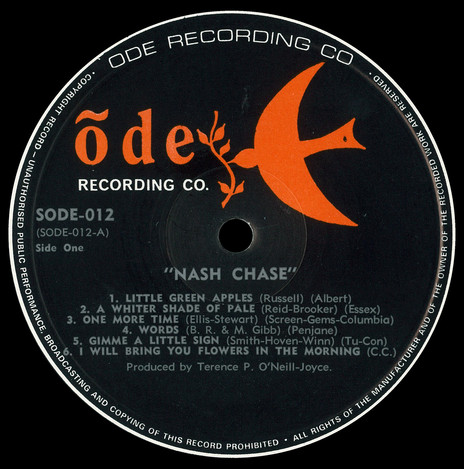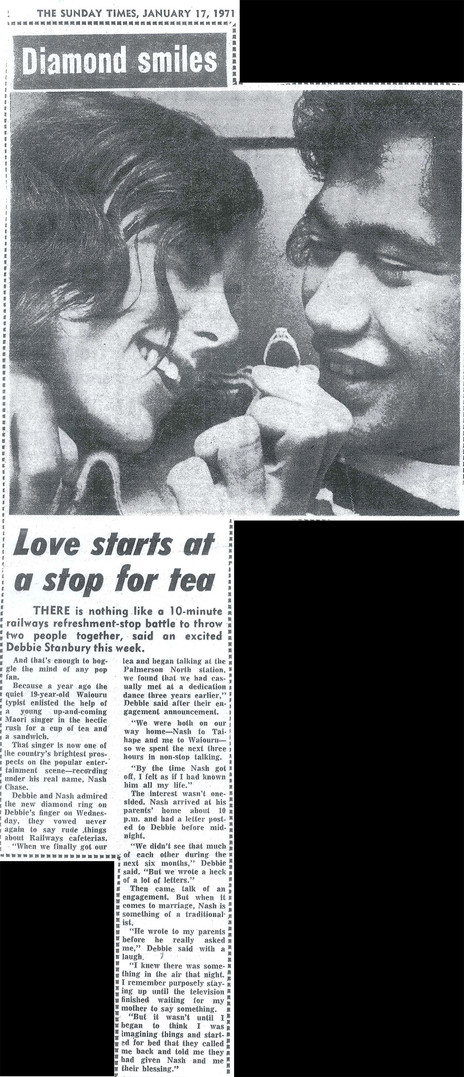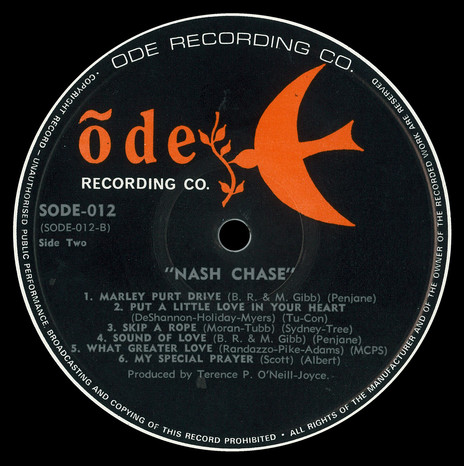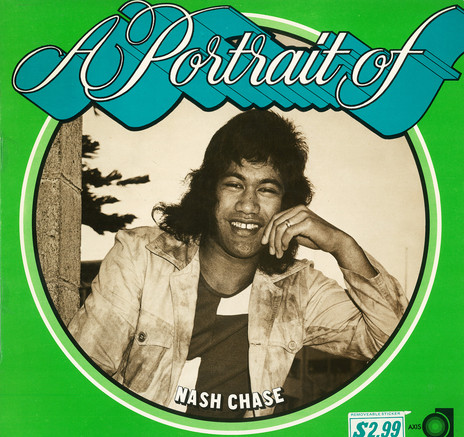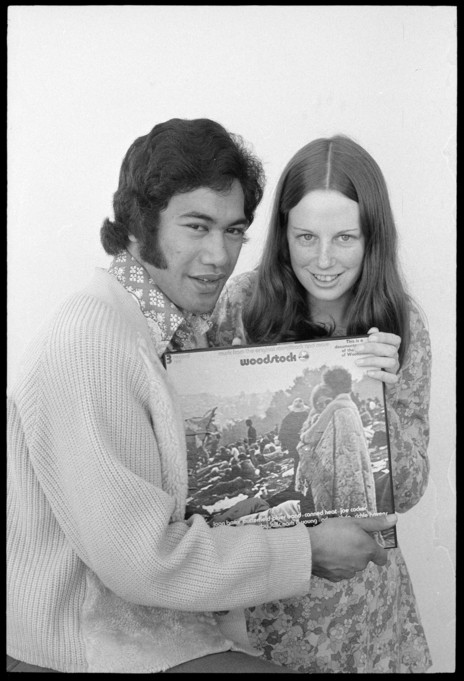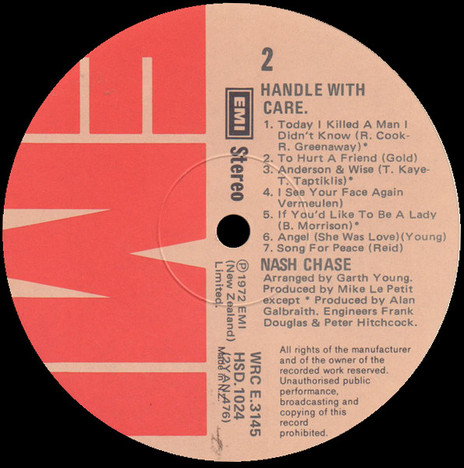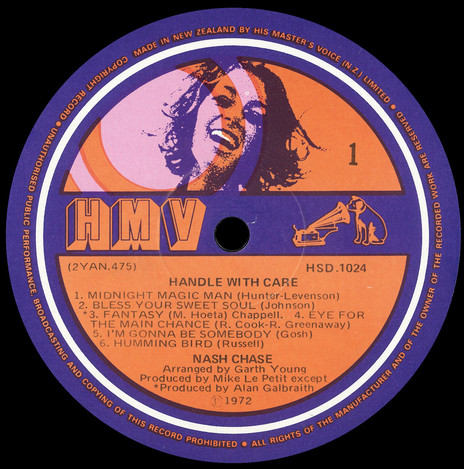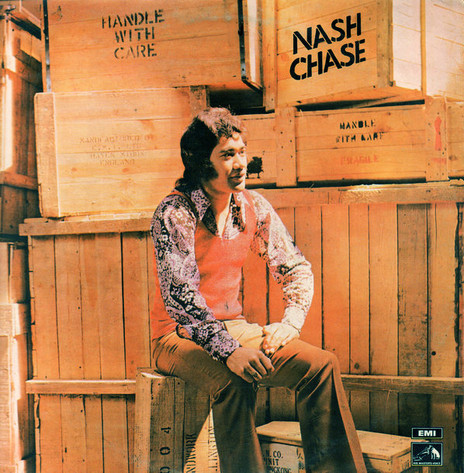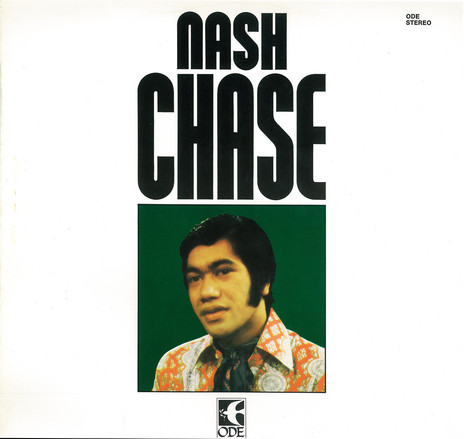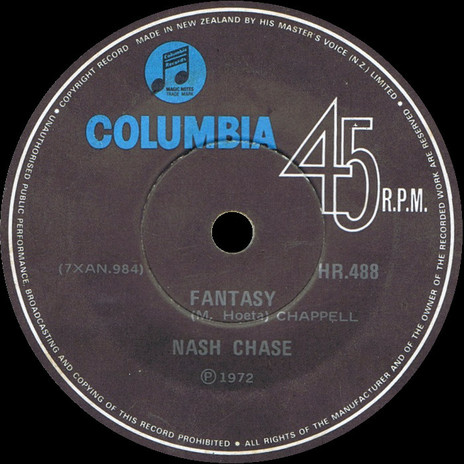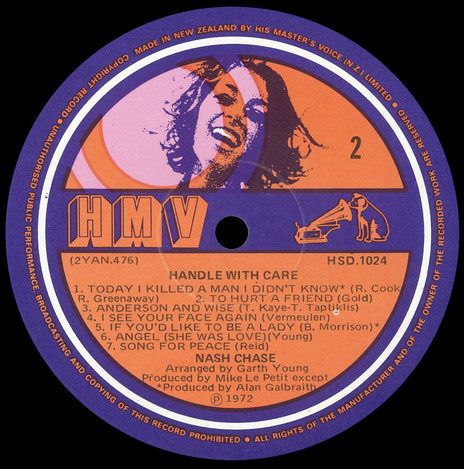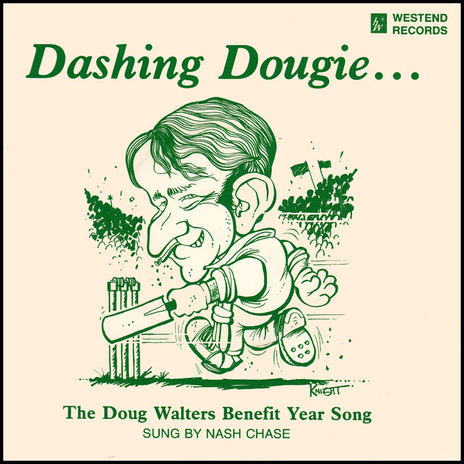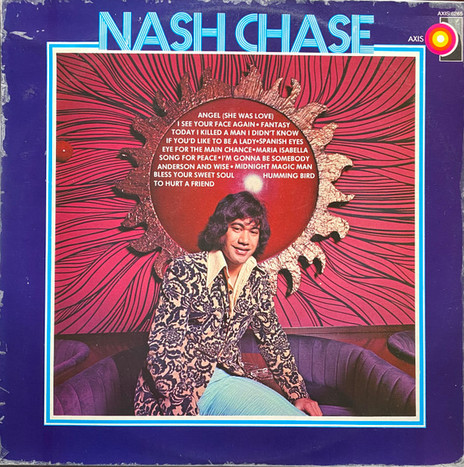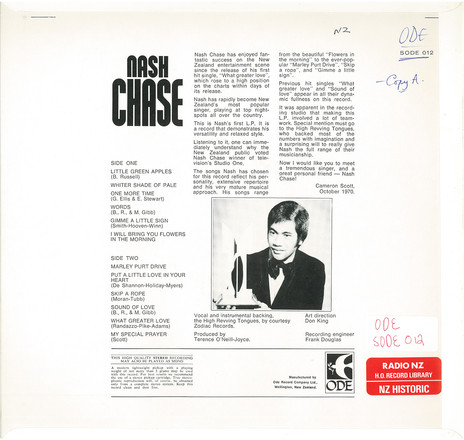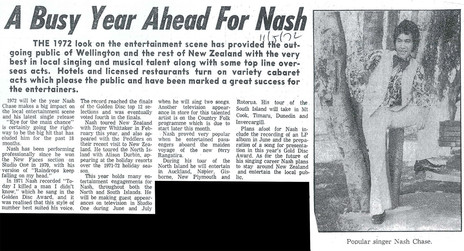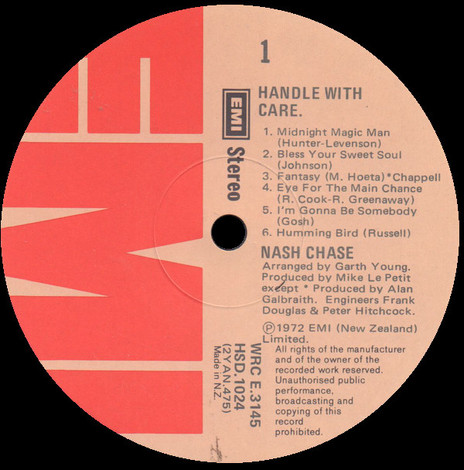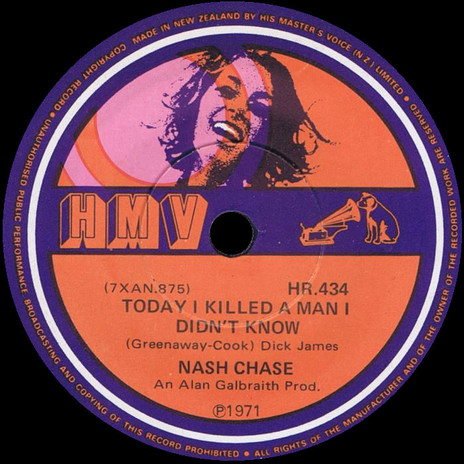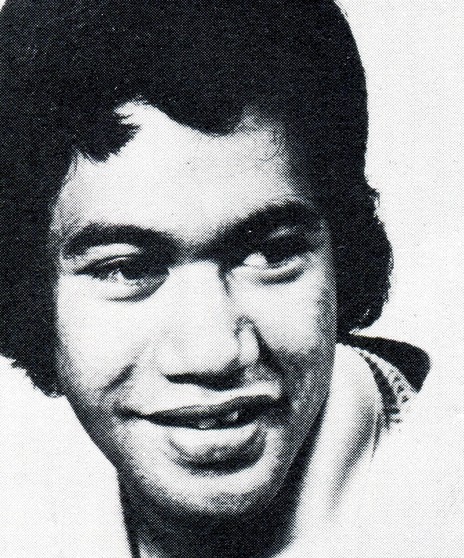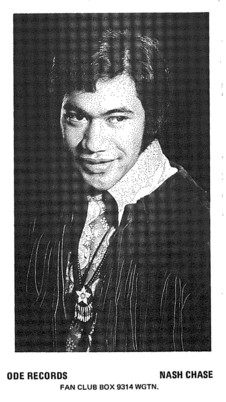He had been living in Auckland when a friend sent him an entry form to the quest. He travelled south, won his heat and then worked as a gardener and a drain layer until the final.
Soon followed ‘What Greater Love’, Chase’s New Faces triumph and albums and singles on Ode and HMV/EMI before the inevitable jump across the Tasman in 1973 to try his luck in the lucrative Sydney club scene. It was the last most Kiwis heard of him.
One of 21 children, Nash Chase was born in Taihape. The entire family sung and played instruments and parties were commonplace. Having witnessed the drunken antics of the adults at these soirées, Chase, then six or seven, made the decision never to drink or smoke. His mother purposely refused to teach her later children Māori culture in an attempt to have them integrate more easily into Pākehā life.
His large family all played instruments; two brothers also became professional singers.
After leaving Taihape College, Chase ventured to Auckland where he started singing in bands. “It didn’t go very well,” he told the Listener in December 1970. “It was the same old story – the guys would get steady girlfriends and so they wouldn’t like travelling round.”
When the Auckland agents showed no interest in his various line-ups, Chase spent time working in the timber mill at Kawerau. By now his brother Frank Chase had released his own single ‘The Frog’ b/w ‘Popeye Dance’ on Pye Records and another brother, Richard Bell, had taken over as lead singer of The Kini Quartet.
Nash Chase was at a loose end back in Auckland when he received the entry form for the Whanganui Talent Quest. Going on to win the first prize that included a single on Ode Records, he moved to Wellington where the label was based.
He worked briefly in their warehouse and performed in pubs and coffee bars. His debut single ‘What Greater Love’ was released in mid-1970 just before he entered New Faces section of the NZBC television show Studio One. Following Chase’s TV appearances, the single peaked at No.10 on the NZ singles chart.
Ode producer Terence O’Neill-Joyce told AudioCulture, “It was only as we laid down ‘What Greater Love’ I realised what a great talent he was. It was hard to tell the difference between Nash and Percy Sledge. He was unassuming and a gentleman.”
Voted by the public the New Faces winner ahead of 14-year-old boy soprano Richard Bonsall, Chase experienced the intense scrutiny that came with appearing on New Zealand’s sole television channel. “It’s amazing the effect TV has,” he told the Listener. “People think you’re some kind of demigod.”
The singles ‘The Sound Of Love’ and ‘Skip A Rope’, again produced by O’Neill-Joyce, were released and over the Christmas holidays Chase toured northern holiday resorts with pop skiffle group Hogsnort Rupert and New Zealand rock and roll pioneer Johnny Devlin.
His self-titled debut album followed in the new year. With musical and vocal backing from The Hi-Revving Tongues, Nash Chase featured the recent singles and MOR fodder such as ‘Little Green Apples’ but Chase sounded most believable on ‘Marley Purt Drive’, from the Bee Gees’ Odessa album, and the soul rave of Brenton Wood’s ‘Gimme Little Sign’.
In Billboard of April 1971, New Zealand correspondent John P. Monaghan stated in the From The Music Capitals Of The World column that Chase and Lew Pryme became the first pop artists to perform in a prison in New Zealand with their appearance in Mt Crawford Prison on Wellington’s Miramar Peninsula.
Chase was doing his three-month national service in the NZ Army when ‘Today I Killed A Man I Didn’t Know’ was released.
Chase switched to New Zealand’s prestige label HMV and recorded his best-known song, ‘Today I Killed A Man I Didn’t Know’, by UK songwriting team Cook/Greenaway. Chase was completing his national service in Waiouru in the middle of the year when the Alan Galbraith-produced single was released. At the end of his three months in uniform Chase wed Debbie Stanbury, who he had met at a New Zealand Railways tearoom in Palmerston North, prior to his New Faces success.
Later in the year came another single ‘If You’d Like To Be A Lady’, again produced by Alan Galbraith. Over summer, Chase toured the North Island with Australia-based Allison Durbin and opened for Roger Whittaker and The Peddlers on their New Zealand dates. He returned to television on Studio One and the Dunedin show Country Folk.
Chase’s second album Handle With Care was released on the newly rebranded EMI. The production credits were shared between Galbraith, who had recently departed to London, and Mike Le Petit, producer of BLERTA and Quincy Conserve. Garth Young handled musical arrangements, and the engineers were Frank Douglas and Peter Hitchcock.
The choice of material was narrower than on the debut album, and its appeal suffered as a consequence. EMI were quite obviously intent on turning Chase into a local copy of Engelbert Humperdinck or Tony Christie.
Chase relocated with his wife to Sydney in early 1973 and he was barely heard of again in his home country. The New Zealand Herald of 25 August 1976 reported he was resident vocalist in “Sydney’s glamorous Boulevard Hotel, singing away quietly to guests like Marlene Dietrich and Neil Diamond”. It also stated that an Australian LP would be released the following month, but nothing came of it.
However in 1979 there would be an Australian Nash Chase single: the curious ‘Dashing Dougie’, the official song for swashbuckling Australian test cricketer Doug Walters. And what was the flip side of this tribute to the most ocker of Australian sportsmen? ‘Pokarekare Ana’.
The 45 was a custom pressing by EMI (Australia) Limited on Westend Records. The cover proclaimed that Chase “these days mainly concentrates on his popular one-man-band style of entertainment on the local hotel and club scene”.
Following the break-up of his marriage and his wife returning to New Zealand with their four children, Chase studied meditation and has since become a life coach and meditation teacher.
The 2003 CD The Very Best Of Nash Chase was a collection of his HMV/EMI material as well as his debut Ode single ‘What Greater Love’. Unfortunately there was no sign of ‘Marley Purt Drive’ or ‘Gimme Little Sign’.
